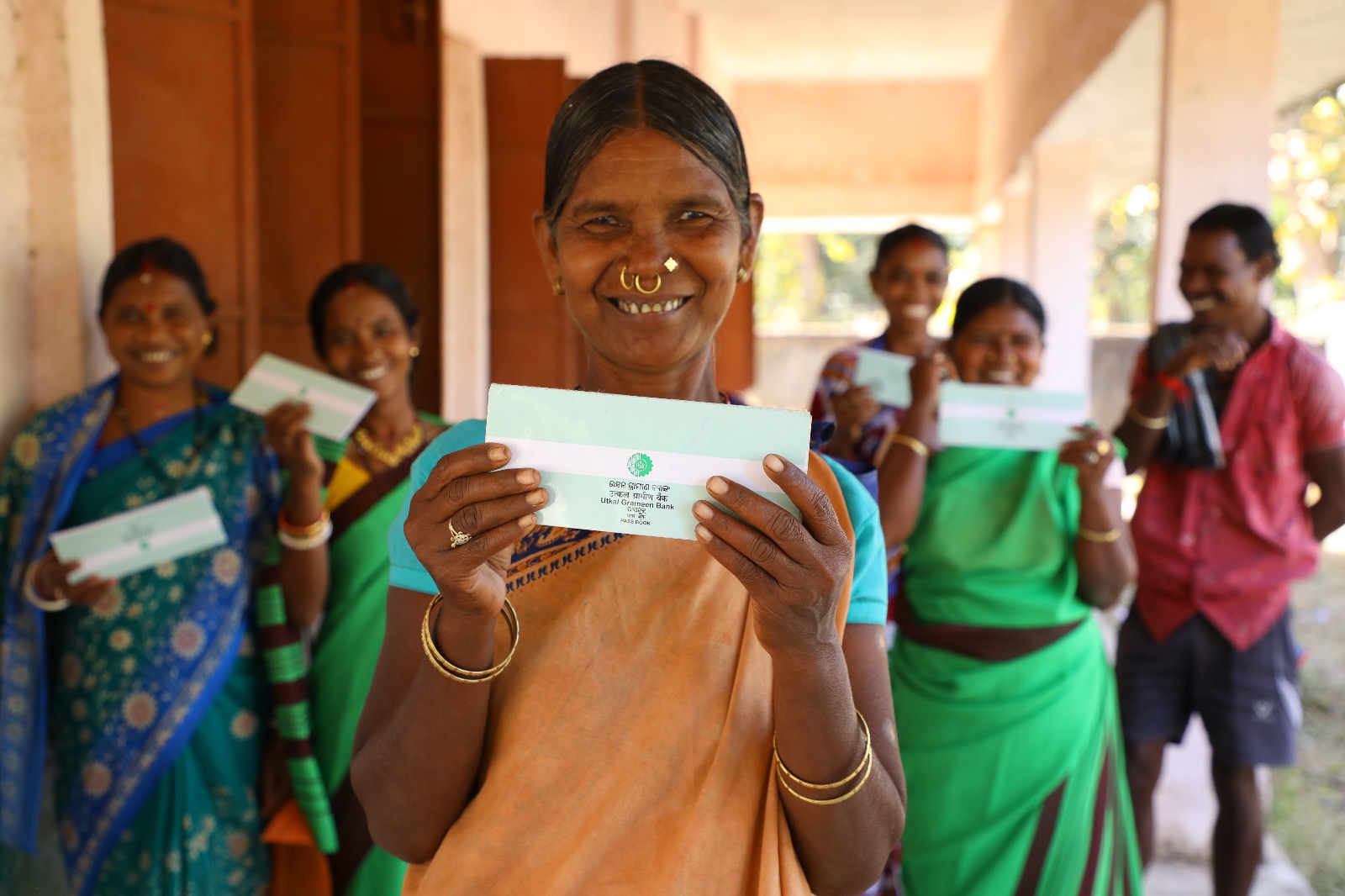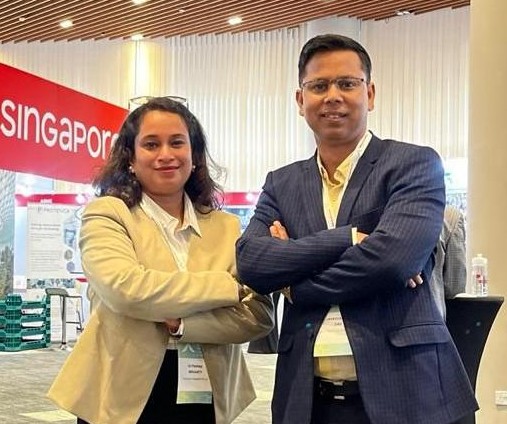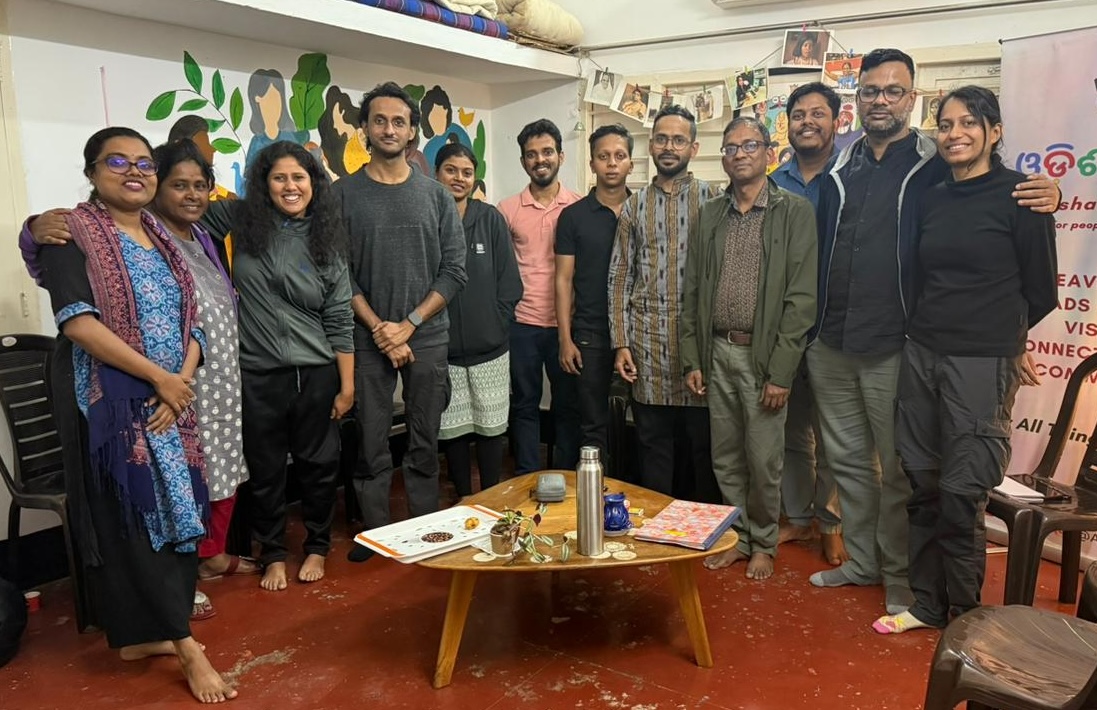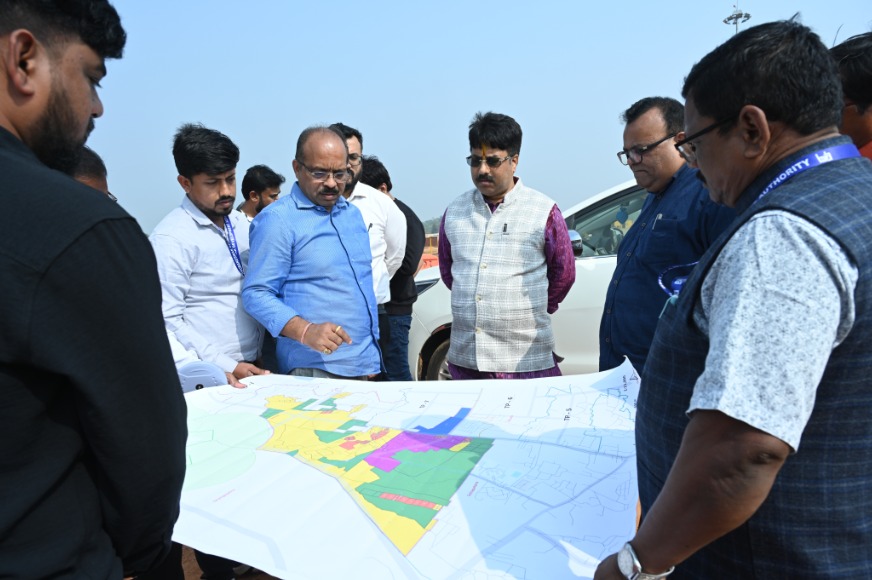Bhubaneswar: Odisha’s policymaking and governance delivery system has gone drastic changes in the last two decades enabling huge transformation in the state’s socio-economic and socio-cultural spheres positioning it as one of the aspirational and rapidly developing states in the country.
Thanks to its robust governance mechanism and strong political willpower that has visibly repositioned ‘work’ in place of ‘talk’ or mere ‘lip service’ to ensure expeditious development activities putting people or individuals and communities at its centre of focus.
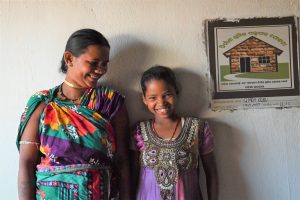
A resurgent Odisha that had been languishing in every aspect from economic to political, social to cultural, industrialization to job creation, human development to projecting its soft powers and resilience to natural calamities, at the stroke of the new millennium, has shown the world what it can achieve with dedicated and decisive governance along with the never-die attitude of its people.
Odisha was among the worst 5 states in every human development index at 2000 with more than 60 percent of people living in abject poverty. But in the last 20-22 years, the state has managed to reduce poverty to 29 percent and is hopeful of bringing it down to less than 10 percent in the next five years. The ongoing journey of Odisha’s move towards prosperity has been anything but smooth, owing to its numerous natural, geographical, and manmade obstacles. But the story of its resilience and resurgence and the bouncebackability of its persevering citizens is worth mentioning.
A caring and empathetic governance mechanism came up with several schemes and programmes aiming at providing protection or security to its poor that were struggling to arrange two meals a day. Along with food security, social security, and housing security came up several promotional schemes targeting livelihood activities to ensure the economic empowerment of Odisha’s people. Understanding the role of women in Odisha’s move towards achieving prosperity, a special focus was centered on empowering women folks economically as well as socially. With the socio-economic empowerment of its poor and marginalized, they are now asserting their position as a partner in Odisha’s rally towards becoming one of the developed states in the country.
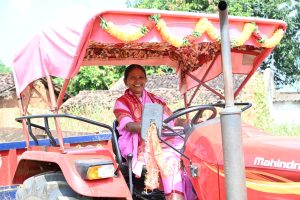
Rice at Rs1 per kg as part of food-security programme, Biju Pucca Ghar Yojana (BPGY) as a form of shelter security, pensions for old-age people, widows, physically disabled persons as social security, Biju Swasthya Kalyan Yojana (BSKY) for health security, safe drinking water under Basudha scheme, KALIA as an assistance for farmers and many more such schemes and programmes have been floated and duly implemented by the state to ensure people not fall under the trap of poverty and move forward.
There have been schemes for every sector like health, education, livelihood, skill development, infrastructure, tourism, culture, sports, climate, industry, and start-up so that holistic development of the state can be ensured. As the scheduled tribes and scheduled classes comprise around 40 percent of Odisha’s population, there have been specific schemes and programmes targeting each individual communities to make them participants in Odisha’s journey towards prosperity.
Odisha’s welfare policies have increased the participation of people in the growth trajectory. Innovation and adapting to new-age challenges have been the hallmark of policymaking and governance in today’s Odisha which are reflective of some of the popular and novel initiatives undertaken in recent times. Be it Mamata, Kalia, Biju Setu Yojana, Kala Sanskruti Sangathan, SDC, and more such innovative interventions have led to creating enablers of growth.
Agriculture and allied activities have been closely monitored from IEC to Market and introducing new technology, and methods such as SRI etc are bringing transformation to this sector. Even new farm techniques and adaptive agricultural and horticultural practices are promoted in the state to reduce Odisha’s dependency on these sectors on others and make it self-sustaining.
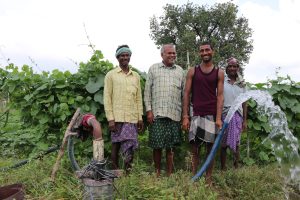
The Matsya Card and other such schemes to promote pisciculture in Odisha have been encouraging fish farming. Alternate livelihood practices such as apiculture, floriculture, goatery, dairy, rearing of commercial birds, strawberry farming, and more such activities are promoted to provide people with a wide range of income-generating opportunities. Promotion of Women Self Help Groups under the aegis of Mission Shakti has empowered 70 lakh women in the state, which is a testament to a new Odisha, an empowered Odisha.
Odisha is known for its rapid reduction in poverty in the last 20 years. Once, amongst India’s poorest states, it is making rapid strides in every aspect. There have been numerous examples of people in villages and hamlets gaining socio-economic empowerment taking advantage of the bucket of schemes that are convergently implemented to provide people every possible assistance. The likes of Krushna Chandra Nag, a farmer from Kalahandi, Saraswati Bal, a woman SHG leader from Jajpur, Bhagyabati Kanhar, a CSP from Kandhamal, Dalima Bhatra, a daily-wage labourer from Nabarangpur, Samari Tangulu, ZP president from Malkangiri are few examples of individuals who manifest ‘Odisha on the move’ in reality.
Odisha’s growth is evident from its transformative journey. In the recent past, the governance delivery has become more robust with the administration from top to bottom leaving no stone unturned in successful implementation using new-age and state-of-the-art mechanisms along with ensuring timely monitoring and evaluation. When ‘work’ takes center stage instead of mere promises, Odisha can achieve prosperity in the coming days.

